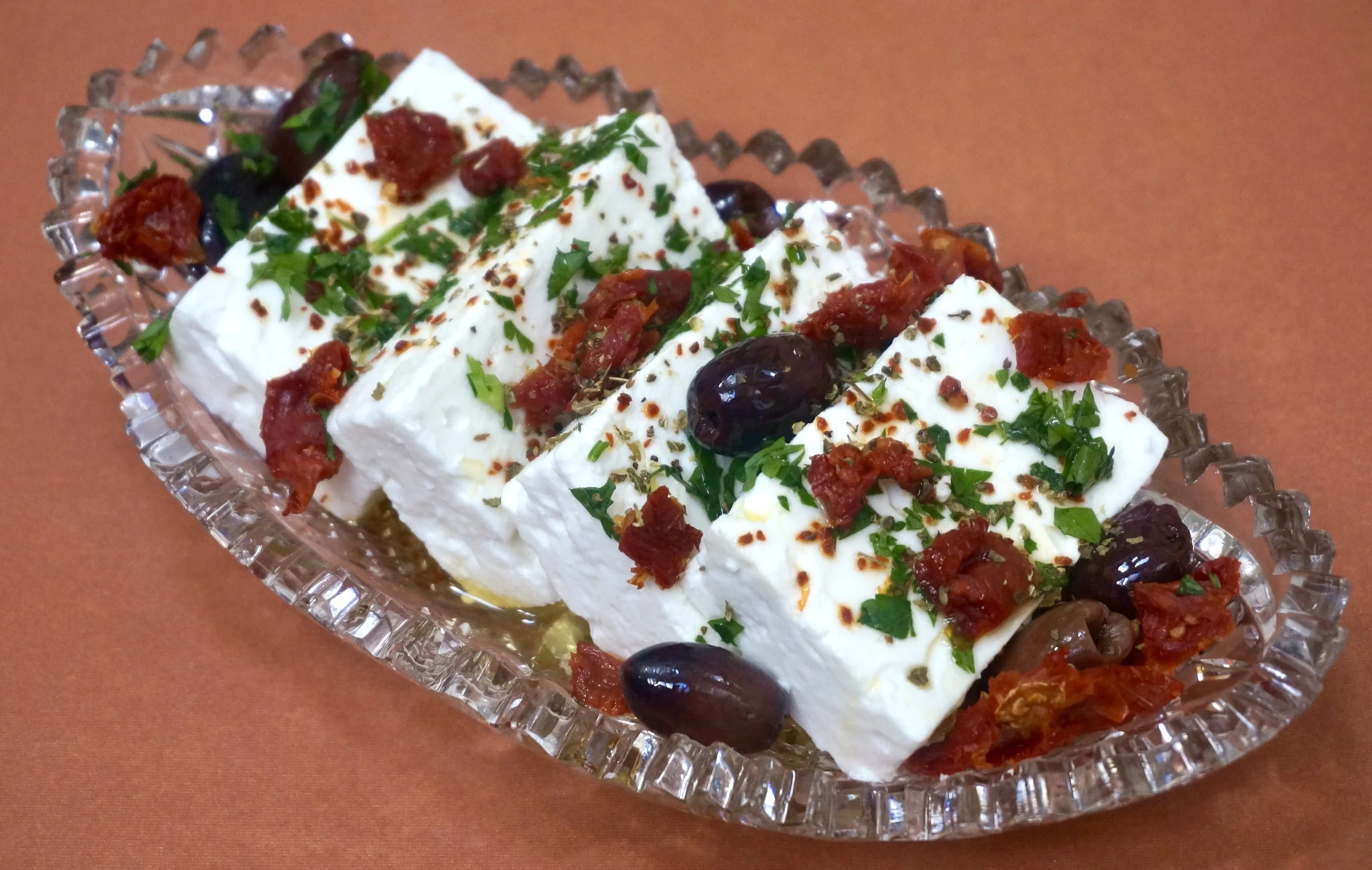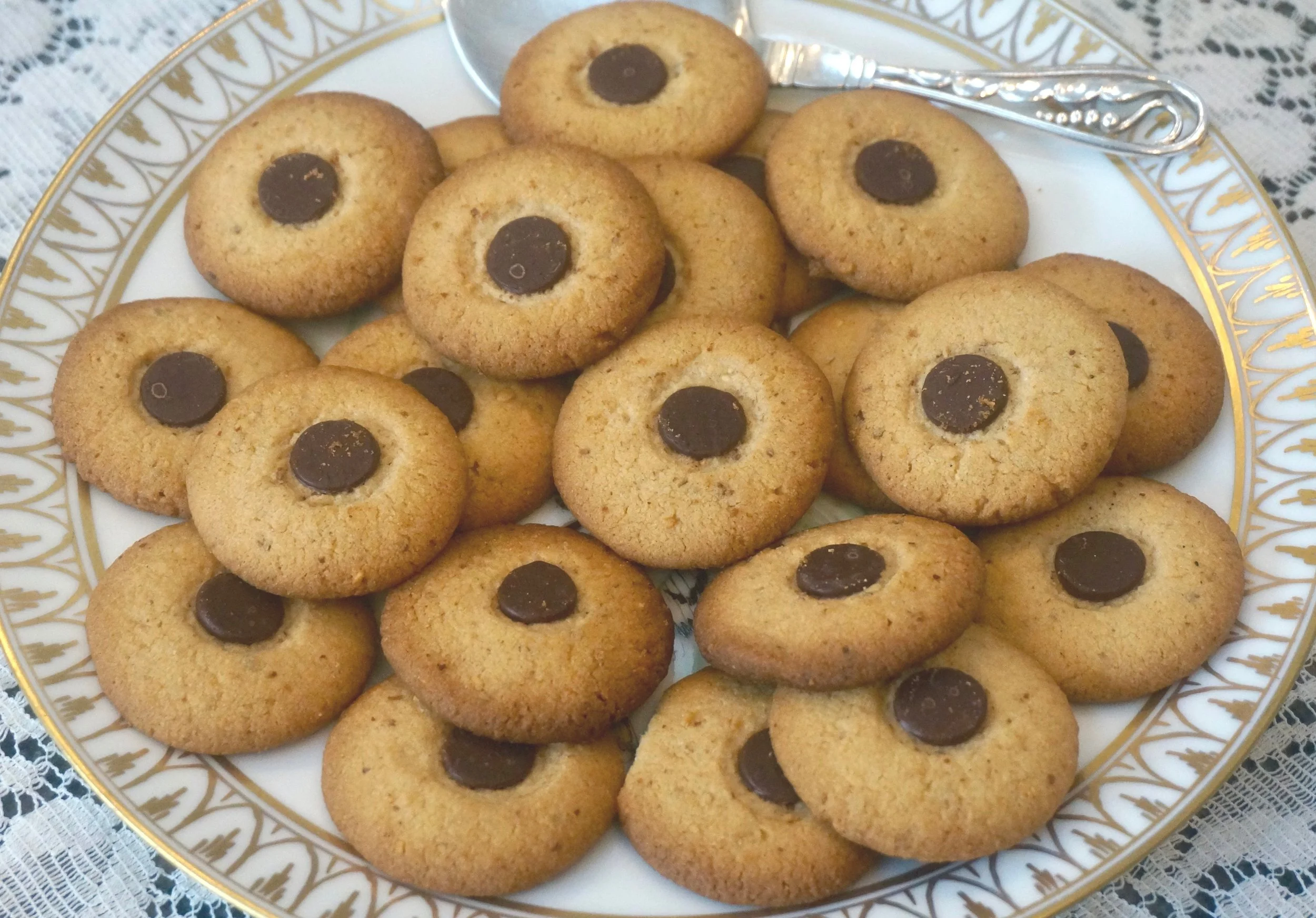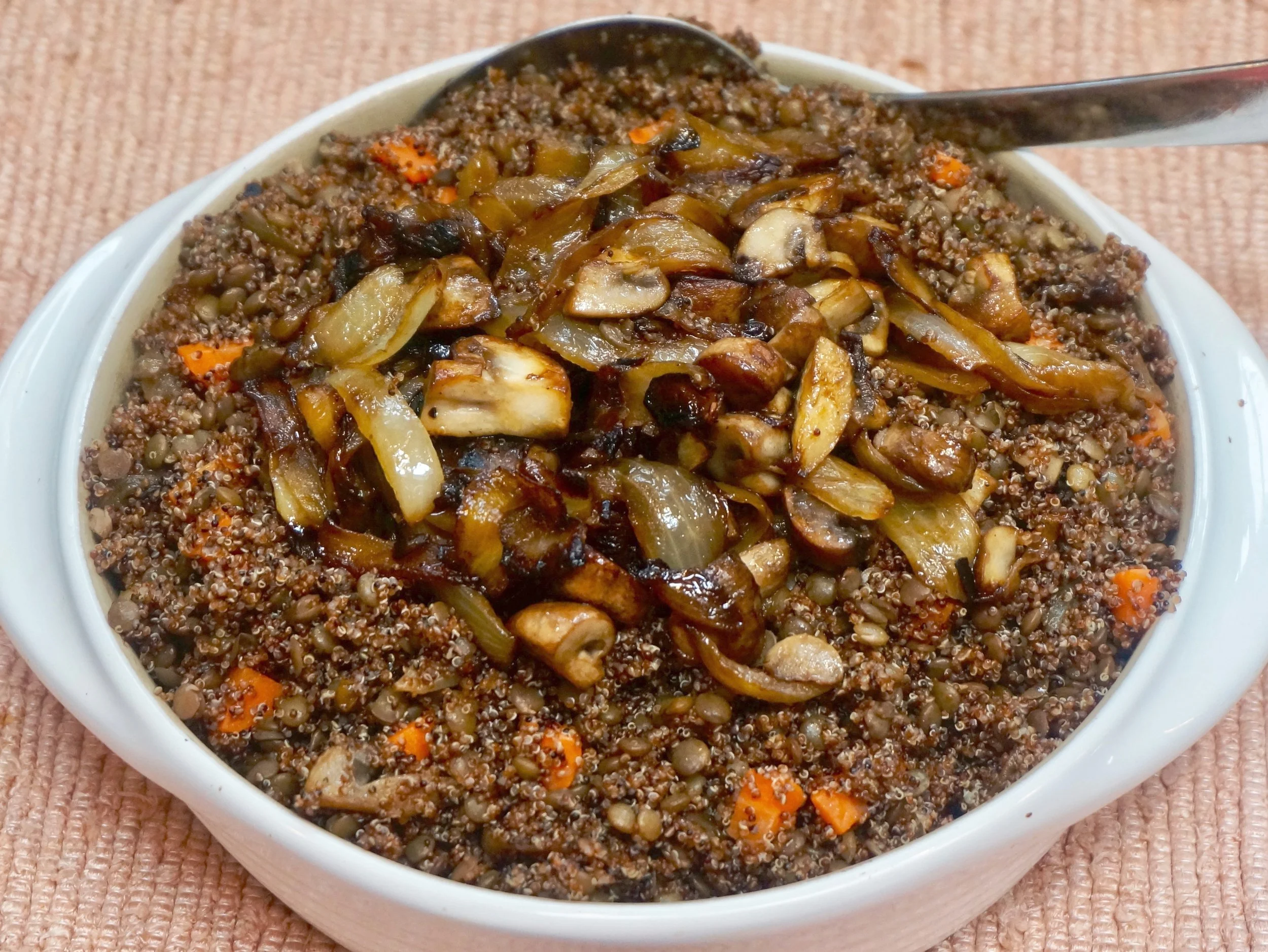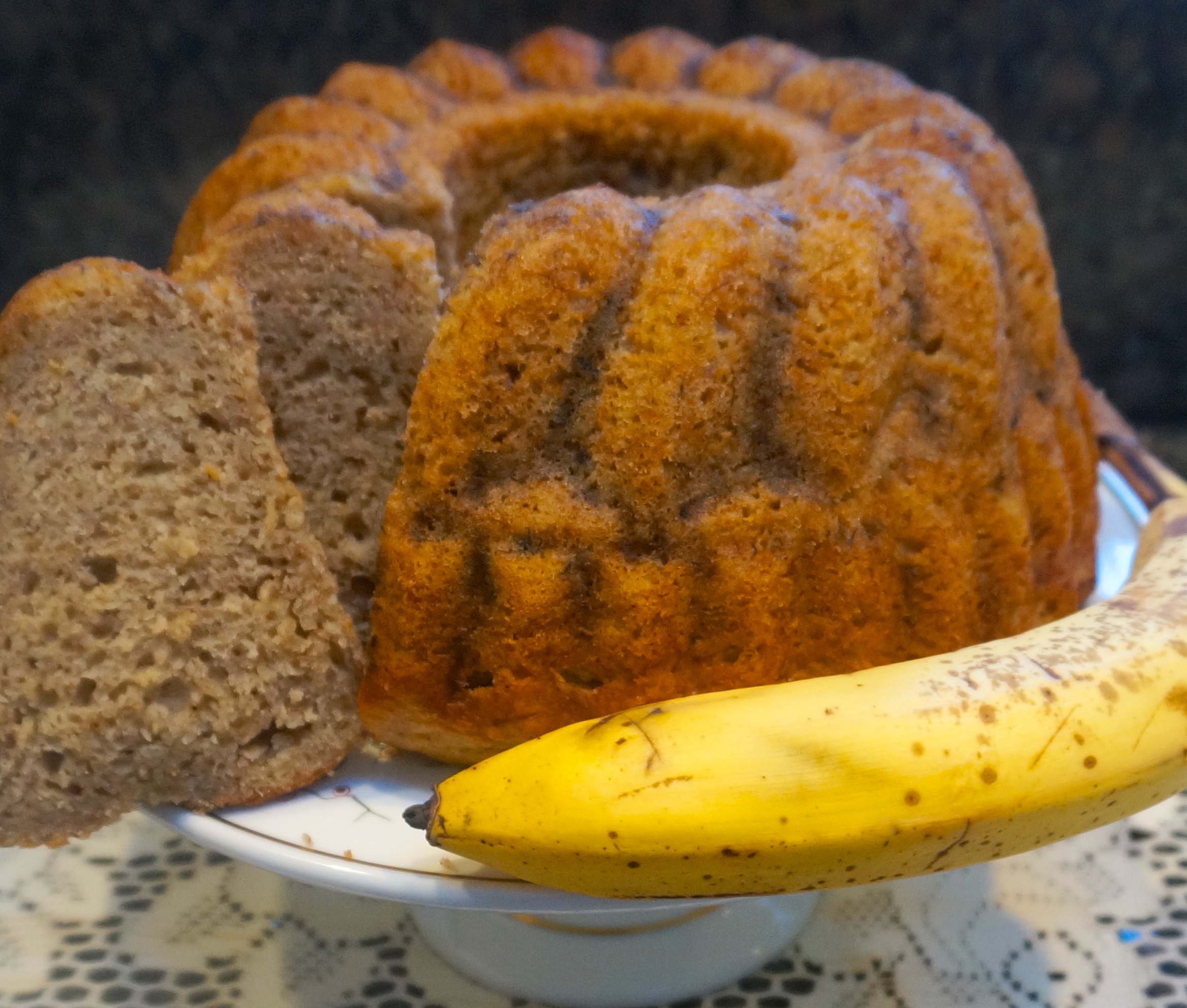Whenever I need a meatless or dairy meal -- for a meatless Monday (or any other day of the week when I am not in the mood for meat), or for during the Nine Days, or a Yom Kippur Break-the-Fast, or during Passover -- this is one of the recipes I turn to. It's filling enough for dinner (served with a salad) yet not heavy.
Another benefit? Set it up ahead and bake just before you need it.
I change the recipe occasionally, because -- why not! This dish is versatile. Sometimes I use zucchini instead of or together with eggplant. Sometimes I add feta cheese or a layer of cooked kale or spinach or some cooked carrots. But basically this is it.
Eggplant, Mashed Potato and Portobello gratin
- 2 large Yukon gold potatoes
- 3/4 cup grated Swiss cheese
- 3/4 cup grated Parmesan cheese
- 3 large eggs
- salt and freshly ground black pepper to taste
- 1 medium eggplant (or 2 medium zucchini)
- 6 tablespoons olive oil
- 2 large Portobello mushroom caps
- 2 medium tomatoes
- 3 tablespoons chopped fresh basil
- 2 tablespoons chopped fresh parsley
Preheat the oven broiler or outdoor grill. Peel the potatoes, cut them into chunks and cook them in simmering water until tender, about 15 minutes. Drain the potatoes and mash them in the pot. Stir in 1/2 cup of Swiss cheese, 1/2 cup Parmesan cheese and the eggs. Season lightly with salt and pepper. While the potatoes are cooking, trim the ends from the eggplant. Slice the eggplant lengthwise into 1/4-inch slices. Brush both sides with the olive oil. Broil or grill the eggplant for 2-3 minutes per side or until softened and lightly browned. Place half the eggplant slices in a rectangular baking dish. Cover with the mashed potatoes. Layer the remaining eggplant on top. Slice the mushroom caps about 1/4-inch thick and place them on top of the eggplant. Slice the tomatoes and place them over the mushrooms. Scatter the basil and parsley on top. Sprinkle the remaining cheese on top. Preheat the oven to 350 degrees. Cook for 45 minutes or until crispy and lightly browned on top.
Makes 8-10 servings











